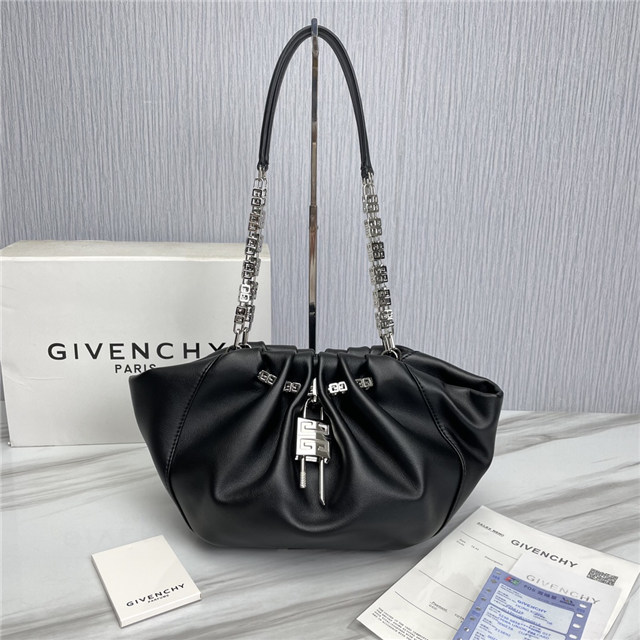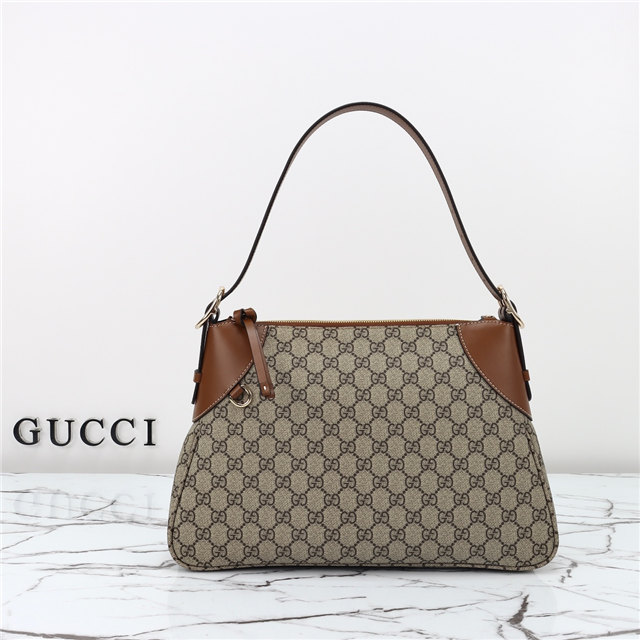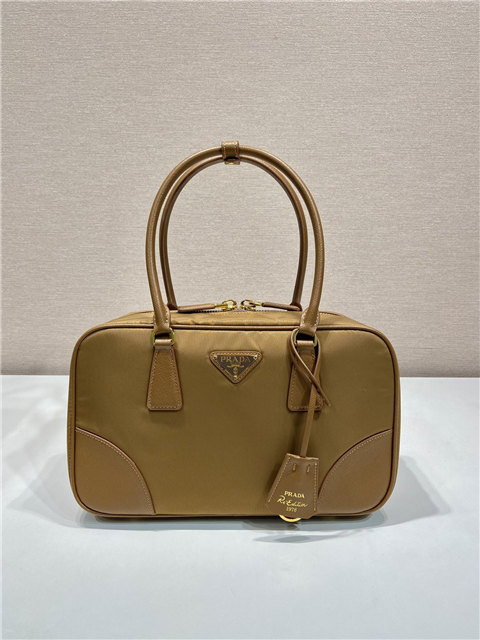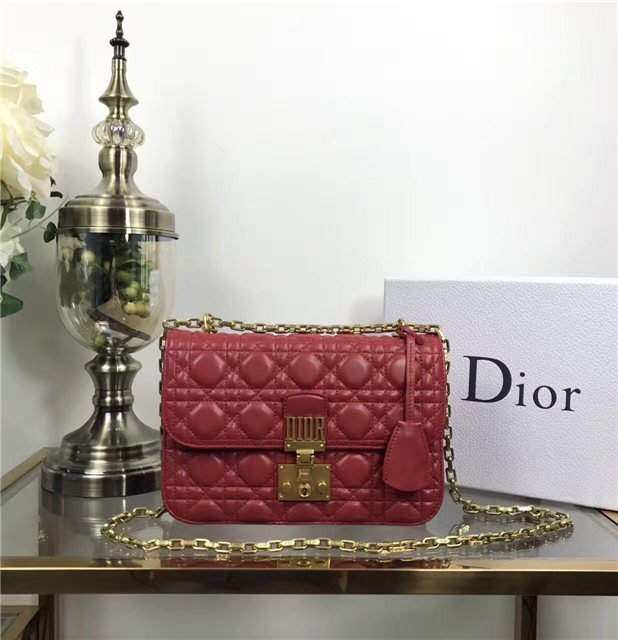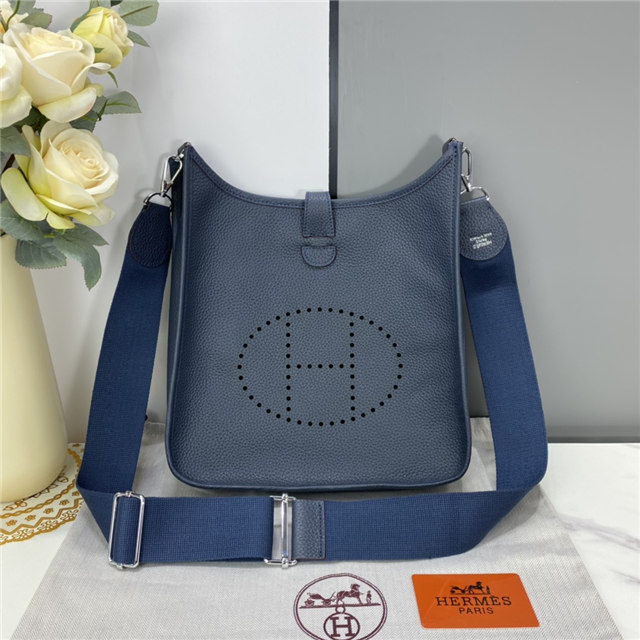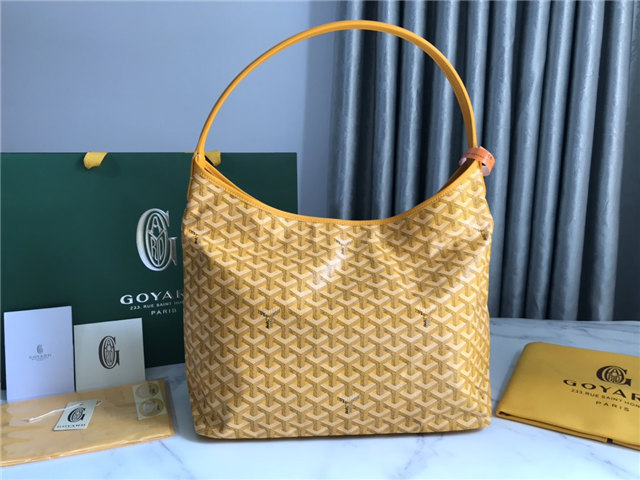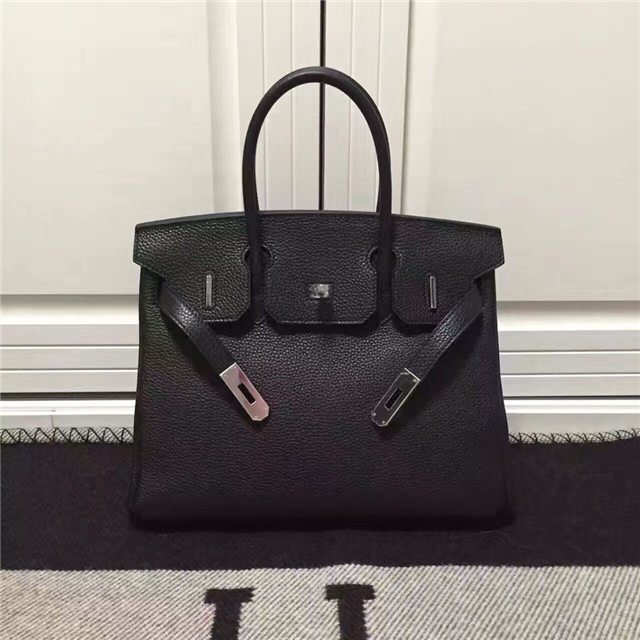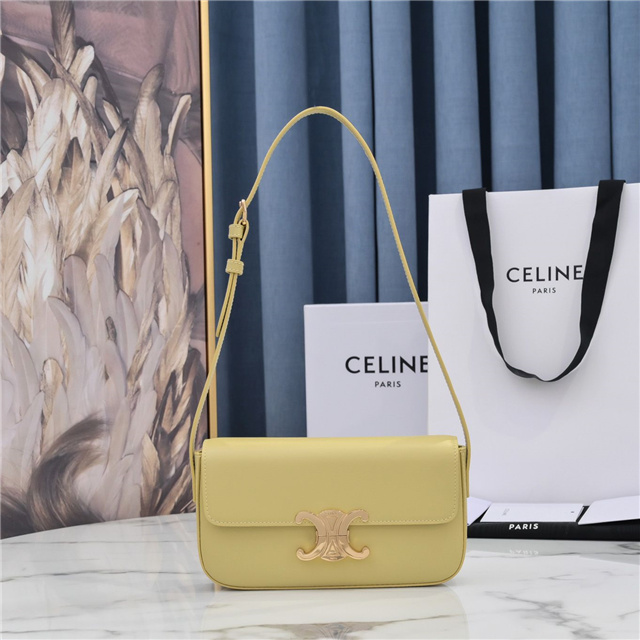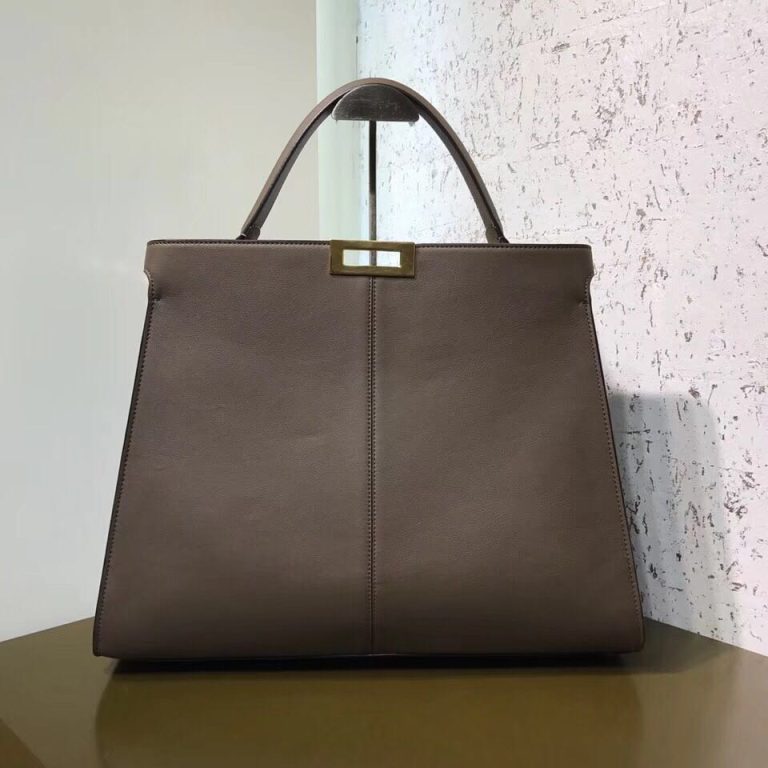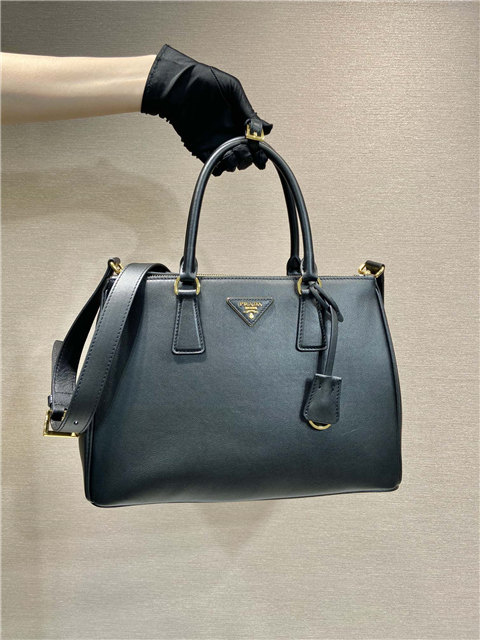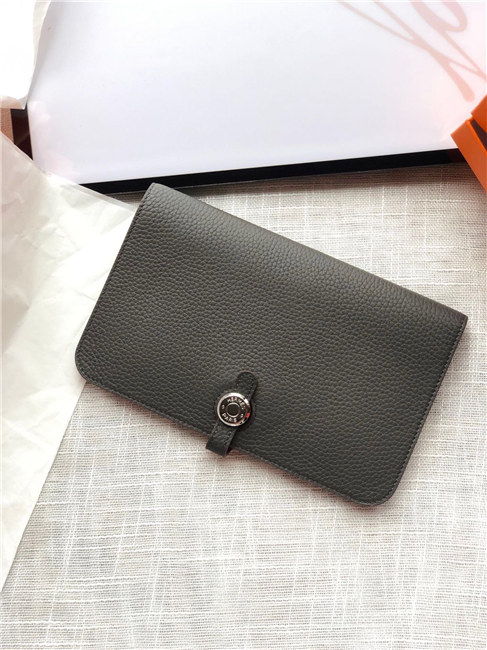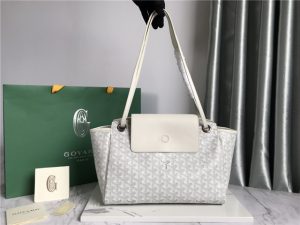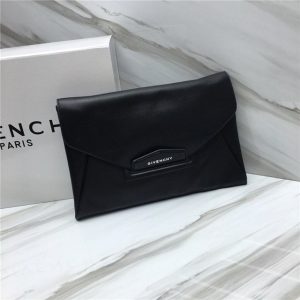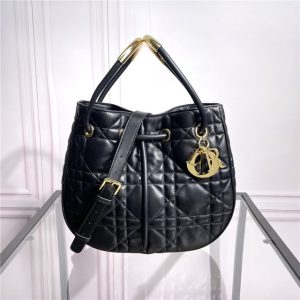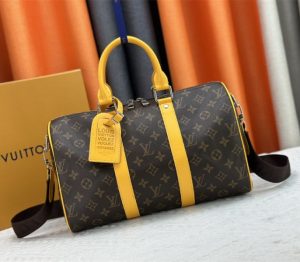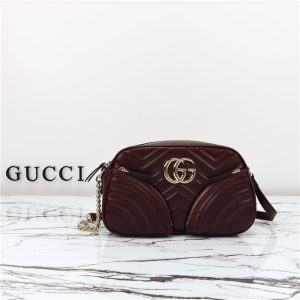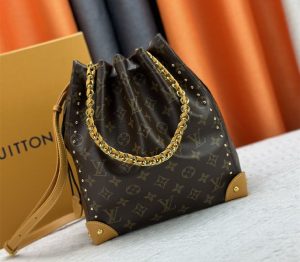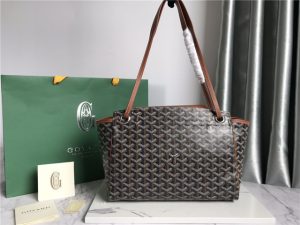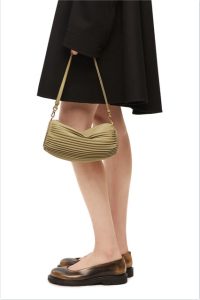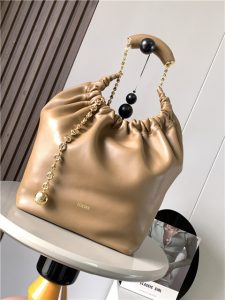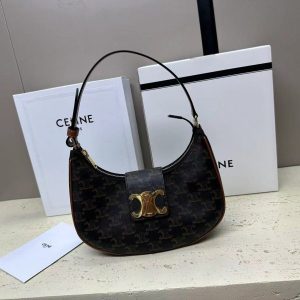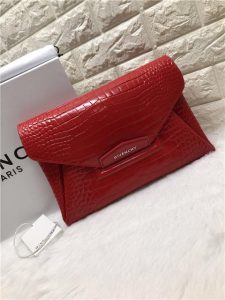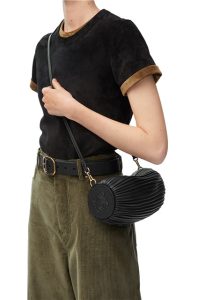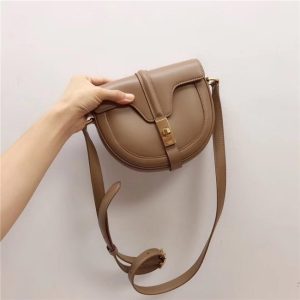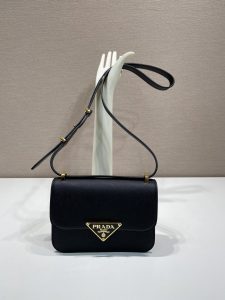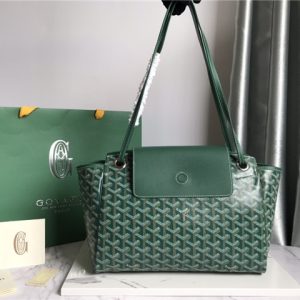First things first, serial numbers. Seriously, people! This is a biggie. An original Casio *will* have a serial number. Period. If you can’t find one, or it looks kinda… wonky, like it was etched on with a rusty nail, steer clear. That’s red flag number one, my friend.
Then, peep the packaging. I mean, fake watches are usually sold without box, but if it *does* come with a box, give it a good once-over. Is it flimsy? Does the printing look cheap? Spelling mistakes? (Oh man, spelling mistakes on a watch box? HUGE giveaway!). Original Casio packaging, even the basic stuff, usually feels a little more… legit. You know, like someone actually cared.
Okay, next up: the clasp. This is where things get a little detail-oriented. Apparently (and I’m just going by what I’ve read, okay?), on a real Casio, the “Casio” logo is usually on the *top* of the clasp. On the fakes, it’s often on the bottom. And get this – sometimes the letters are all jumbled up and weird! Like they were drunk when they stamped it. Seriously? Who puts drunk letters on a watch? I mean, come on.
Oh, and the overall feel. This is kinda subjective, I admit, but a real Casio just *feels* better. The buttons are clicky and responsive. The plastic feels solid. The metal… well, it feels like metal! A fake often feels flimsy and cheap. Like it’s gonna fall apart if you look at it wrong.
I saw this one video (yeah, I did my research!) about how to spot fake Casios. The guy was talking about the dial logos, the crown, the back side, the straps, the buckles… It was a lot to take in, honestly. But the gist of it was, *pay attention to the details*. Really, really scrutinize everything.

